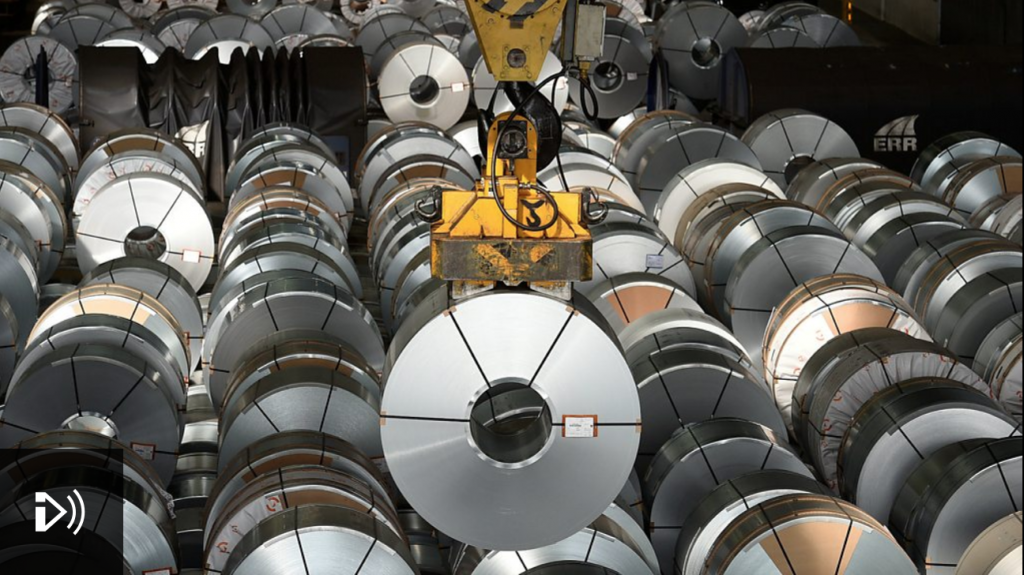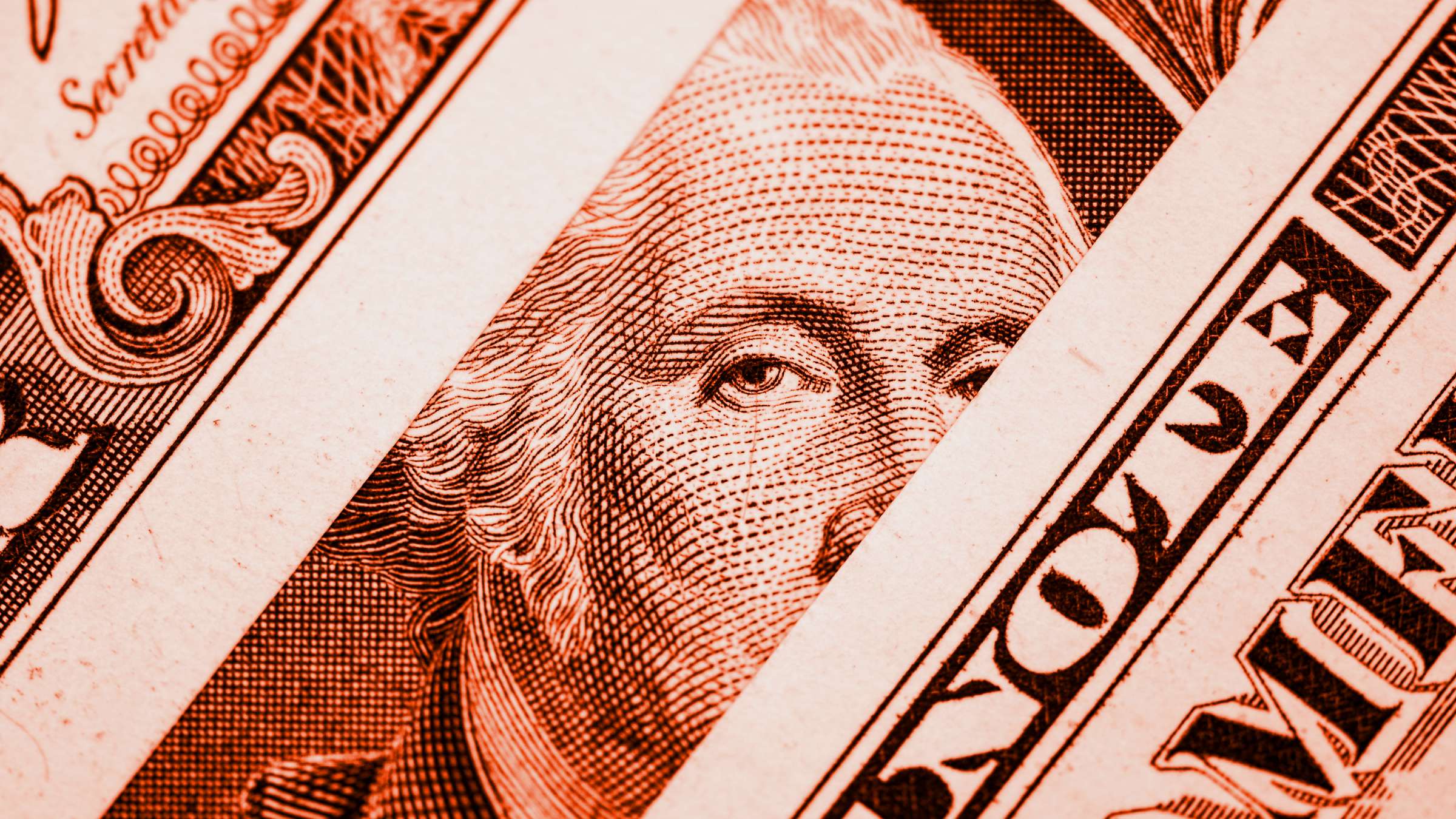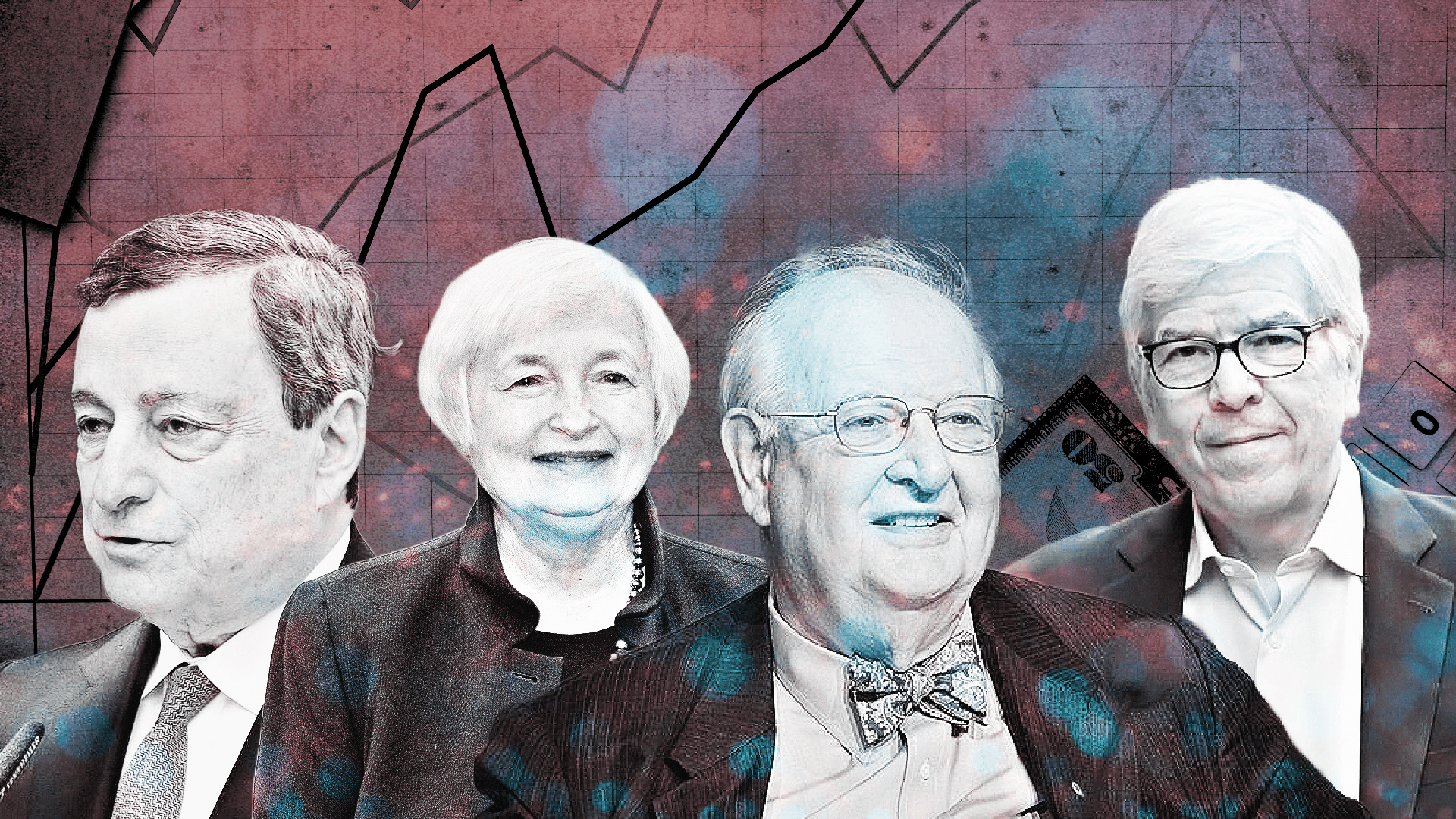There’s a lot of fuss right now about President Trump imposing tariffs on steel and aluminum imports. Critics fret about a trade war. Others worry there will be disruptions to global markets.
[Dan DiMicco | June 3, 2018 | The Hill]
Realistically, the president had no choice but to stand up for America’s steel and aluminum producers. It’s simply a necessary step at a time when America’s industrial base is in worrying decline.
Just how bad are things right now for U.S. manufacturing?
Steel production in the U.S. has fallen by 20 percent over the past decade alone. And steel employment has dropped by roughly 50,000 jobs since 2000.
Overall, the U.S. has lost almost 5 million manufacturing jobs over the past 20 years. More than 60,000 factories, which once employed skilled workers and provided good, middle-class wages, have disappeared.
This didn’t happen overnight. But it’s also inevitable, given the set of naive trade policies that invited predatory trade from other countries.
Consider China. Starting in 1994, China began to deliberately undervalue its currency against the dollar. A weaker currency made China’s exports artificially cheap in the U.S. market, boosting America’s trade deficit with China from $30 billion in 1994 to $83 billion by 2000.
When President Clinton helped usher China into the World Trade Organization (WTO) in 2001, Beijing promised to halt its currency manipulation. But that was simply talk — and China continued to brazenly undervalue its currency, unleashing a flood of subsidized imports — to the point where the U.S. racked up a $375 billion trade deficit with China in 2017.
It’s not just currency, however. Beijing also massively subsidizes its state-owned enterprises and has successively targeted steel, paper, glass, rubber and auto parts as industries to build at the expense of U.S. competitors.
China has perfected this mercantilism, to the point where it now dumps products like steel on the world market at below the cost of production — all in a successful bid to put rival American companies out of business.
What’s stunning is not the brazenness of Beijing’s aggressive tactics, but Washington’s apparent indifference to such wanton violations of trade law. From President Clinton onward, successive administrations simply engaged in “dialogue” with Beijing. But nothing worked — and key U.S. industries began to fall by the wayside.
First, the U.S. lost many of its foundries. Then its tool and die shops disappeared. More recently, the damage has reached higher up the chain — to key high-tech sectors. In 2000, the U.S. ran a $5-billion trade surplus in advanced technology products. By 2017, that had shifted to a $110 billion deficit.
It isn’t just China that plays the mercenary trade game, however. The U.S. Treasury has monitored Japan, South Korea and Germany for potentially undervaluing their currencies as well. And many of America’s trading partners use subsidies and non-tariff barriers to ensure that they buy as little of America’s products as possible.
Unfortunately for America’s middle class, rising imports have come at a huge long-term price. A worker in a Wisconsin paper mill, who earned $70,00 annually, gets laid-off after China targets the U.S. paper industry. Now, they’re working for an hourly wage in fast food or retail. Millions and millions of Americans have similarly tumbled down the wage scale.
Equally worrying are the implications for national security. Not only is the U.S. losing its ability to manufacture everything from steel to high-tech goods, but there’s a growing reliance on China and other nations to supply both consumer and military hardware.
The U.S. now depends on China for a key ingredient in Hellfire missile propellant. And not a single high-tech magnet needed for military equipment is made in the U.S. Roughly 91 percent of the rare earth element needed for night-vision googles comes from China. And only one U.S. producer remains for the copper-nickel tubing used in U.S. naval vessels.
The list goes on, with the loss of everything from steel and auto parts to advanced metals and electronics directly impacting national security. It’s because of such defense concerns that President Trump invoked the Section 232 action to safeguard America’s steel production.
The bottom line is that America is losing its steel industry. And realistically, the president had no choice.
Steel matters. It’s the hallmark of modern industry. And no country can remain a self-sufficient economic power if it becomes dependent on other nations for basic resources. Where the United States once pioneered the world’s steel industry, it now imports nearly four times as much as its exports. That is unsustainable.
The president made the right decision, and the Section 232 tariffs he imposed are necessary to ensure the future viability of America’s manufacturing base and military self-reliance. While there will be consequences and repercussions, the hard truth is that there will likely be more Section 232 actions to come.
All of it is necessary — and overdue — in an adversarial world that doesn’t care if America loses industrial security.
The president faced a choice: Save what’s left of America’s steel industry, or let it fade away. He chose to save it, and Americans should see it as a necessary step toward preserving a viable economy.
Dan DiMicco is the former CEO and chairman of Nucor steel company. He served as a trade advisor to Donald Trump during Trump’s 2016 presidential campaign. DiMicco is chairman of the Coalition for a Prosperous America, an organization that advocates on behalf of U.S. commodity producers and manufacturers.













